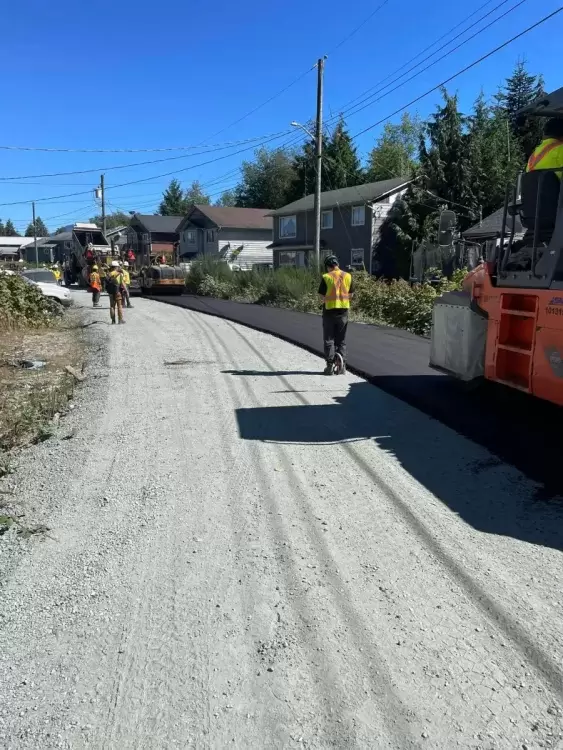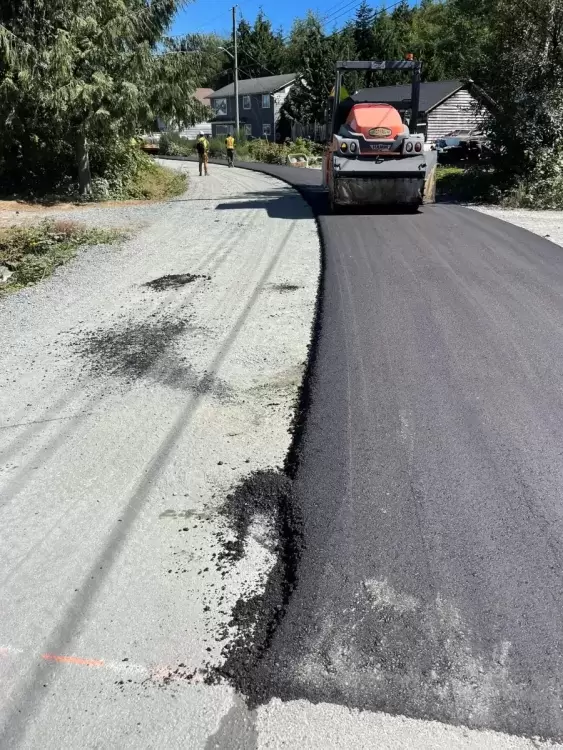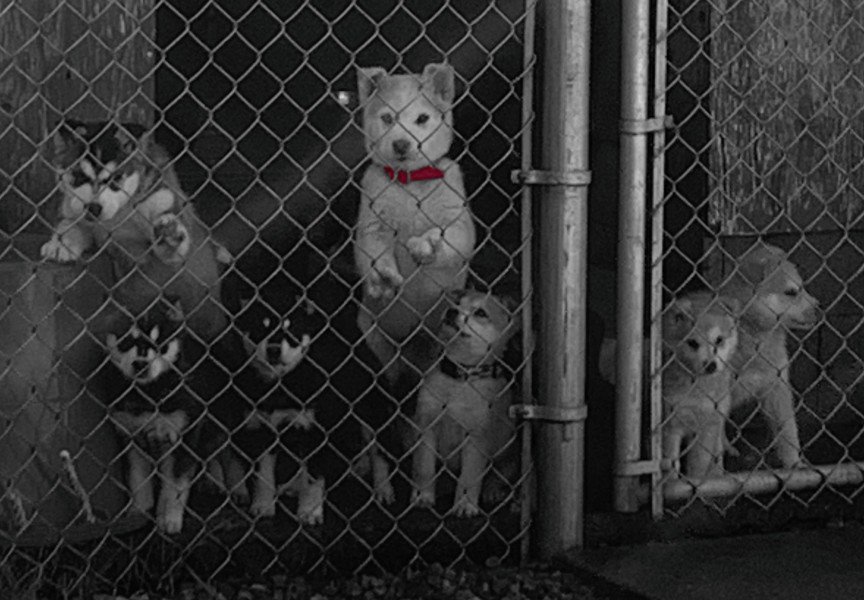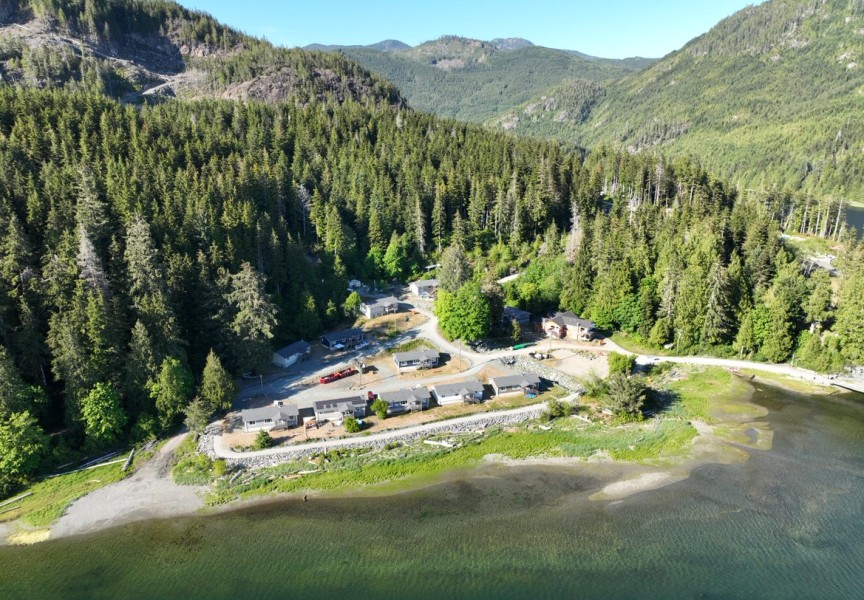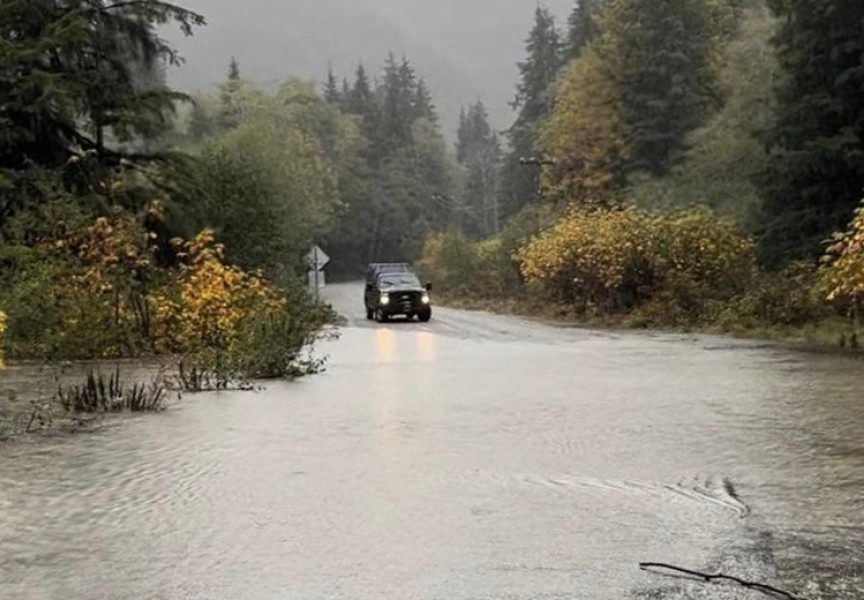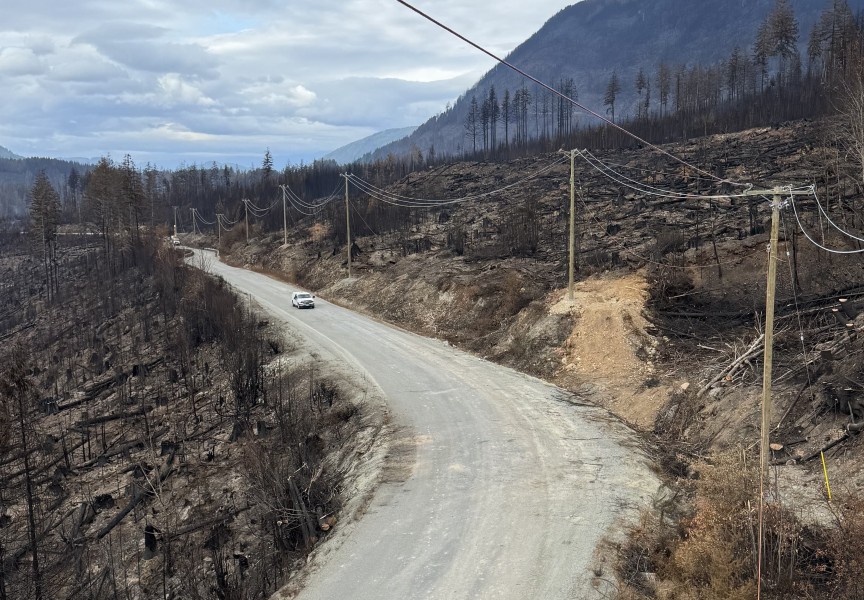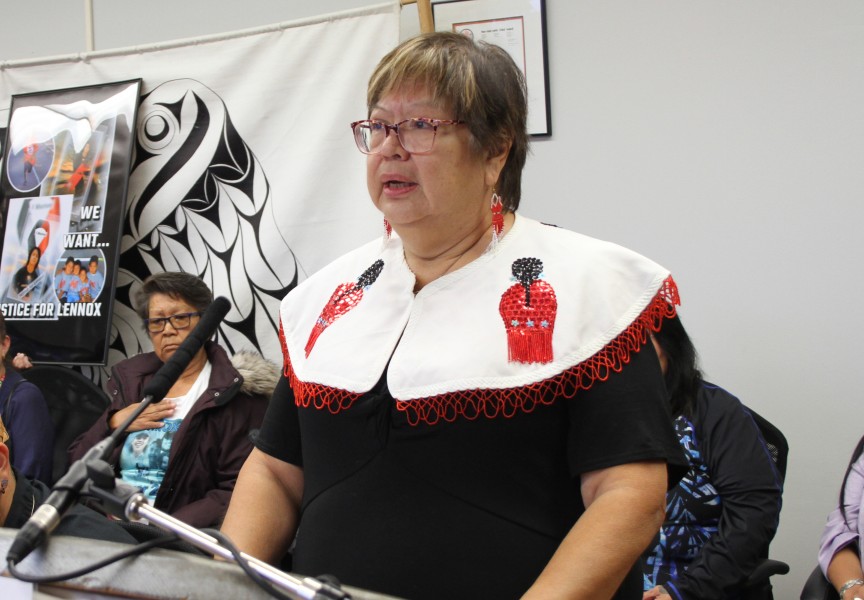Residents of Ahousaht are seeing heavy equipment busy on their main streets as work crews finish paving the remaining 75 per cent of gravel roads over the last week of August.
“It was a health and safety thing,” said former elected chief Greg Louie.
People in the community suffer from asthma and other respiratory conditions that are aggravated by road dust in the summer, or poor drainage and the mold it causes in the wet season.
Ahousaht’s previous council applied to ISC (Indigenous Services Canada) for funding to improve the roads about four years ago, according to Louie.
“They wanted to do in 17 phases,” he chuckled.
That plan did not make sense to Ahousaht leadership. They pointed to the cost of barging heavy equipment and material to the remote Flores Island village for 17 return trips.
“We went there and told them that was ridiculous and expensive. It would cost far less to do it all at once,” said Louie.
With a population of more than 1,000, Ahousaht’s only paved road was in the newest Lot 363 subdivision at the south end of the Flores Island village.
In September 2020 paving began in an older subdivision called Happy Hill, on the west side of the village near the school track. That, according to Louie, accounted for about 25 per cent of the village paving.
The pandemic created delays in the project, but in late August 2022, crews came back to the village and have been working furiously to pave the remaining 75 per cent of the village roads in just a few days.
Unfortunately, the last load of asphalt could not be sent to Ahousaht.
“Due to weather the last barge load of asphalt was unable to make it to Ahousaht. We are hopeful that paving will be complete by mid-to-late September,” said Chief Councilor n̓aasʔałuk (John Rampanen) in an email.
Residents have been complaining about the road dust kicked up by passing cars that not only affect those with respiratory illness, but also reduce visibility, putting pedestrians at risk. In addition, the old dirt roads were not adequately drained, causing damage not only to the roads themselves, but also family homes and buildings that got moldy from standing water.
Over the four years since news of paving was announce, crews have come in to install culverts and prep the existing roads for asphalt.
According to Louie, the cost of the project is about $8 million.
People in the village are pleased to see the improvements. Those with mobility challenges will be able to move more freely and easily throughout the village.

